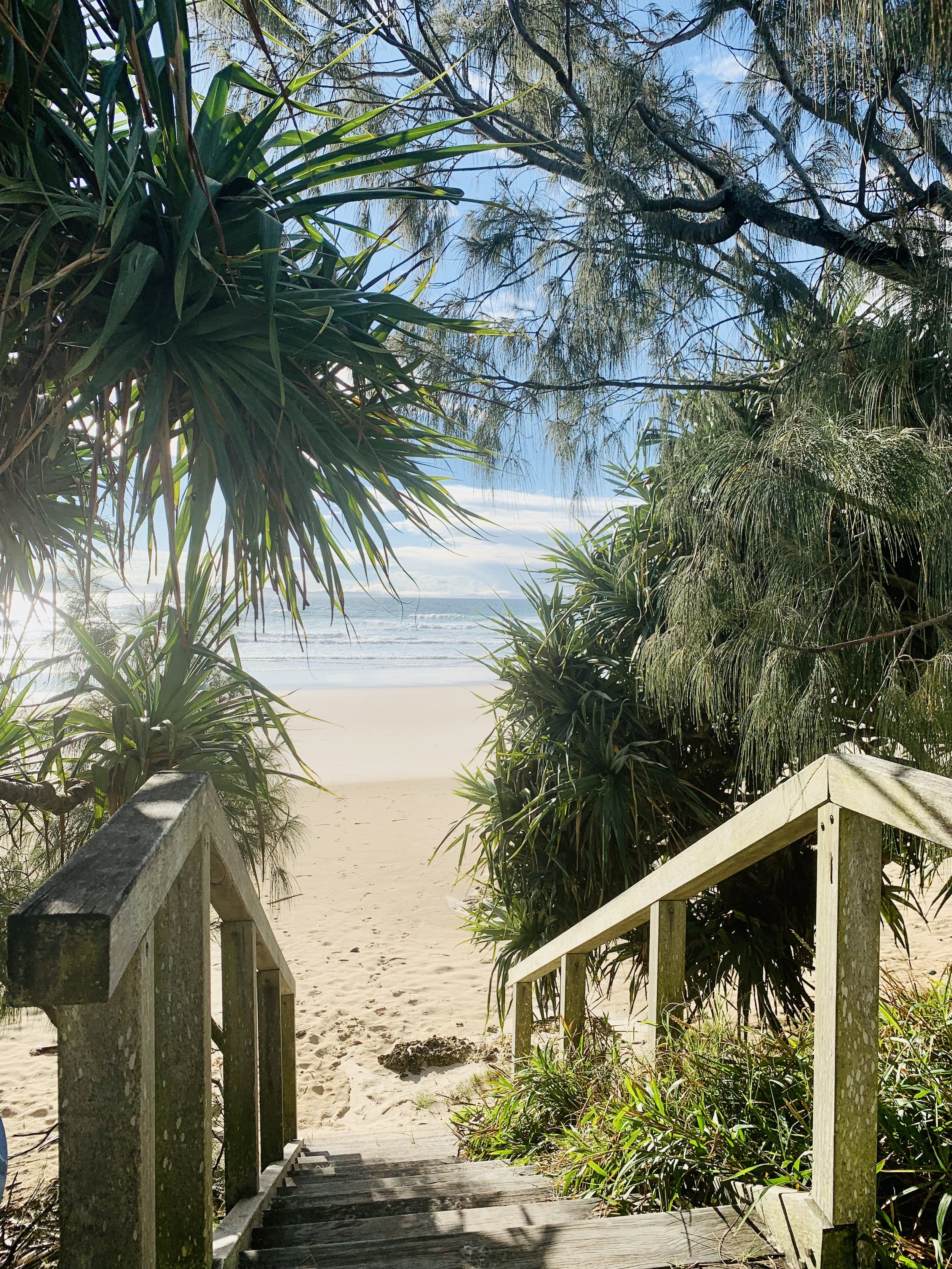
Post-Session
Walk
After a session, it is good to walk for at least 10-15 minutes to help your body readjust and settle into a slightly new alignment.
Rest
Although you may feel great after a treatment, it is a good idea to let your body rest and heal, especially if you have not had a massage in a while. Avoid any strenuous activity, especially heavy lifting and any sudden jolting movements, for a day after treatment. The intensity of a workout should be mild-moderate.
Drink Water
Drink plenty of water for one to two days after your session. Some clients have reported feeling fatigued after a session, as massage encourages increased circulation and your tissues release previously trapped toxins into your bloodstream. It is a good idea to flush them out with water, so drink a bit more than you usually do. Drinking water before a massage is highly recommended, as hydrated tissues are easier to manipulate. As myofascial restrictions release, they undergo a state change, becoming more hydrated and fluid or gelatinous. This requires water. Being hydrated allows you heal faster, aides in preventing post-treatment soreness, and ensures that the releases of tight fascia (which occur during treatment) last longer.
You may feel sore
You may feel some soreness for up to 2-3 days after treatment. The soreness is due to sustained pressure to the deeper tissue layers that assist in the break up of muscular adhesions, and release of toxins to allow for blood, oxygen, and nutrients to better circulate and flow through the area that was restricted. This is a normal reaction to treatment. The therapeutic effects of massage are cumulative, so the more often you get a massage, the faster your body will respond and the less sore you will feel.
Magnesium
Take an Epsom salt bath as part of your self-care routine. Magnesium is crucial in the cellular process that aid in muscle recovery, reducing inflammation and muscle cramping.
S-t-r-e-t-c-h
If you sit at a desk for long periods of time, it is vital to take breaks and stretch. Yoga is a great way to improve your posture, as it increases strength and flexibility. Foam rollers and tennis balls are useful tools to use at home for self-myofascial release.
Be Self- Conscious
Pay attention to your postural habits. Repetition is the key to any good or bad habit, so be aware of how you sit in front of the computer, hold a phone, slouch on a couch, wear your bag, and move. Be conscious of how you stand - is your weight evenly distributed between your feet? Do you favor one side of a foot? How deeply do you breathe?
Read How to Undo the Damage of Sitting.
Follow-up session
Scheduling your next session depends on what your goals are, what symptoms you suffer from, and how easily your system responds to treatment. It’s important to be realistic about what one massage can achieve. If you’re getting massage to address chronic muscular tension or recovery from a soft tissue injury, more than one session is needed. Undoing chronic knots and tension built up over a lifetime is best achieved with an integrated program that includes exercise and stretching, working on one’s posture and movement, relaxation techniques, and a regular program of massage. Once you are satisfied with your treatment progress, regular maintenance sessions are encouraged to maintain optimal health. Massage has its greatest benefits overtime – the therapeutic effects of massage are cumulative, so the more often you get a massage, the better you will feel and the quicker your body will respond. From one session to the next, relaxation deepens as the chronic patterns of stress in the body are affected and released.